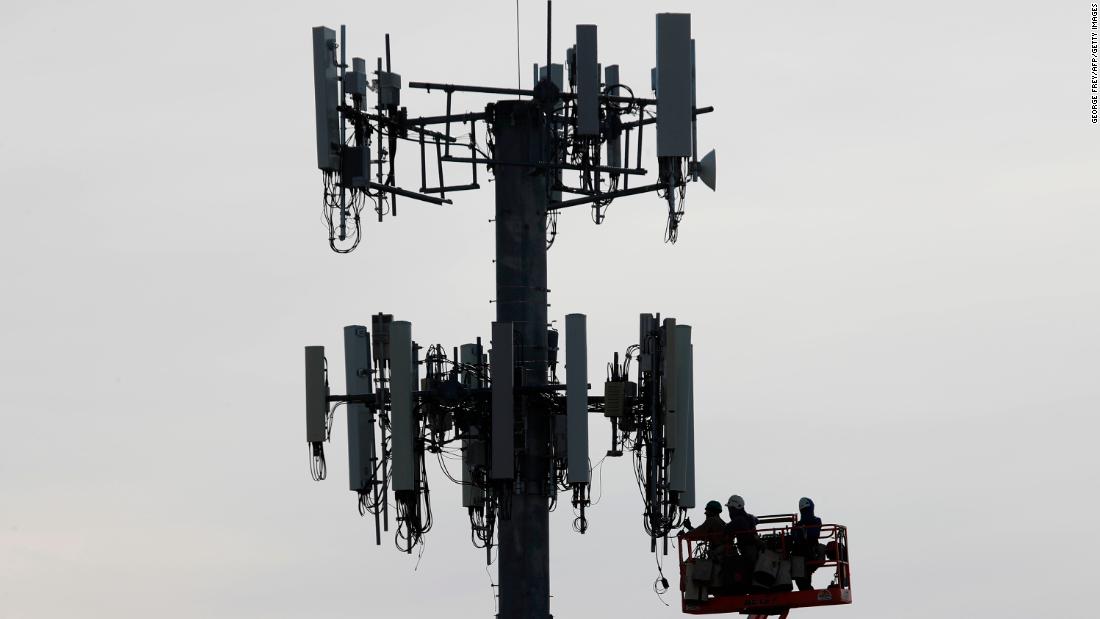If you've ever been through a town you might have noticed tiny mini 5G cell towers on the poles of street lights. They look like small boxes however, they're actually transmitting wireless signals from mobile providers to your phone.
They are replacing larger specially-designed cell towers. While they're not as noticeable however, they could cause issues for users.
what is a safe distance from a 5g cell tower of the FCC's Radiation Exposure Thresholds
The FCC's Radiation Exposure Thresholds establish the maximum amount of time one can expose to electromagnetic energy generated by wireless devices. The limits for exposure are based upon scientific research which show that the energy of RF can be harmful to human health.
The specific absorption rate (SAR) is an indication of the radiofrequency energy taken up by tissues. It is typically 1.6 Watts per kilogram spread over a gram of tissue.
However, because https://zenwriting.net/gooseexpert4/what-lengths-away-from-the-5g-mobile-tower-system-for-anybody-who-is transmits at higher frequencies and has the potential to cause greater energy intensity on the skin and other directly-exposed body parts. This could result in various possible harms, such as an increase in appearance of skin conditions such as dermatitis, skin cancer and cataracts.
Due to the possible harmful effects of radiation from 5G, PSU has chosen to create a general limits on power density, which is 4mW/cm2 based on the average on 1cm2, and never exceeding 30 minutes for all 5G services running at 3000 GHz. This limit for localization is in line with the highest SAR spatial-average of 1.6 W/kg, averaged over one 5 grams of body tissue, at 6 GHz.
The FCC's Maximum Exposure Thresholds for Maximum Exposure

If you've ever used a cell phone, then you're aware that the safest range from the tower is at least 400 meters away. This is due to the power of transmission from a cell tower increases dramatically the farther you are from it.
Although this may sound like something that's good, the reality is that people who live close to towers might be more susceptible to health issues. For instance, a study conducted in 2014 in India found that residents who lived within 50 meters from cell towers suffered much more health problems than those who were away from the antennas.
But, the study showed that residents who moved to areas further away from cell towers noticed their symptoms improve within a couple of days. Other studies have revealed that exposure to high frequencies of radiofrequency electromagnetic fields (EMFs) can cause brain tumors, cancer and other health issues.
This is because RF radiation, which is utilized for wireless communication, has the ability to penetrate the body's outer layer, which is the skin. It is vital to be aware of this since the skin functions as a barrier to protect against injuries caused by mechanical forces, infections from pathogenic microorganisms, as well as infiltration of toxic substances. It is also the biggest organ of the human body. It is accountable for maintaining the integrity of other organs.
The FCC's Minimum Exposure Thresholds for the Minimum Exposure
The FCC's Minimum Exposure Thresholds are based on several assumptions that are not supported by scientific evidence. They include the false belief that short-term exposures to RF radiation are safe due to the limited radiation penetration in the human body (i.e., tissue heating).
what is a safe distance from a 5g cell tower ignores the deeper penetration of the ELF elements of modulated radio signals as well as the effects on the body of short bursts caused by RF pulses. These assumptions are not in line with current knowledge of the biological effects of RF radiation, and thus, they should not be relied upon for health-protection exposure guidelines.
In addition to that, ICNIRP and FCC are limiting their limit of exposure to the local SARs, based on the maximum speed of spatial absorption (psSAR) which is not a sufficient dosimetric tool to assess the amount of exposure to RF radiation. Particularly, psSAR is inaccurate for frequencies that exceed 6 GHz. Additionally, psSAR hasn't been tested for RF radiation exposed to other environmental agents , such like sunlight. In the event of interactions, RF radiations with different agents in the environment could cause synergistic or antagonistic results. This would result in the risk of having adverse health adverse effects. For example, co-exposure to RF radiation with sunlight may cause an increase in the incidence of skin cancer, as well as aggravate other skin conditions like acne.
